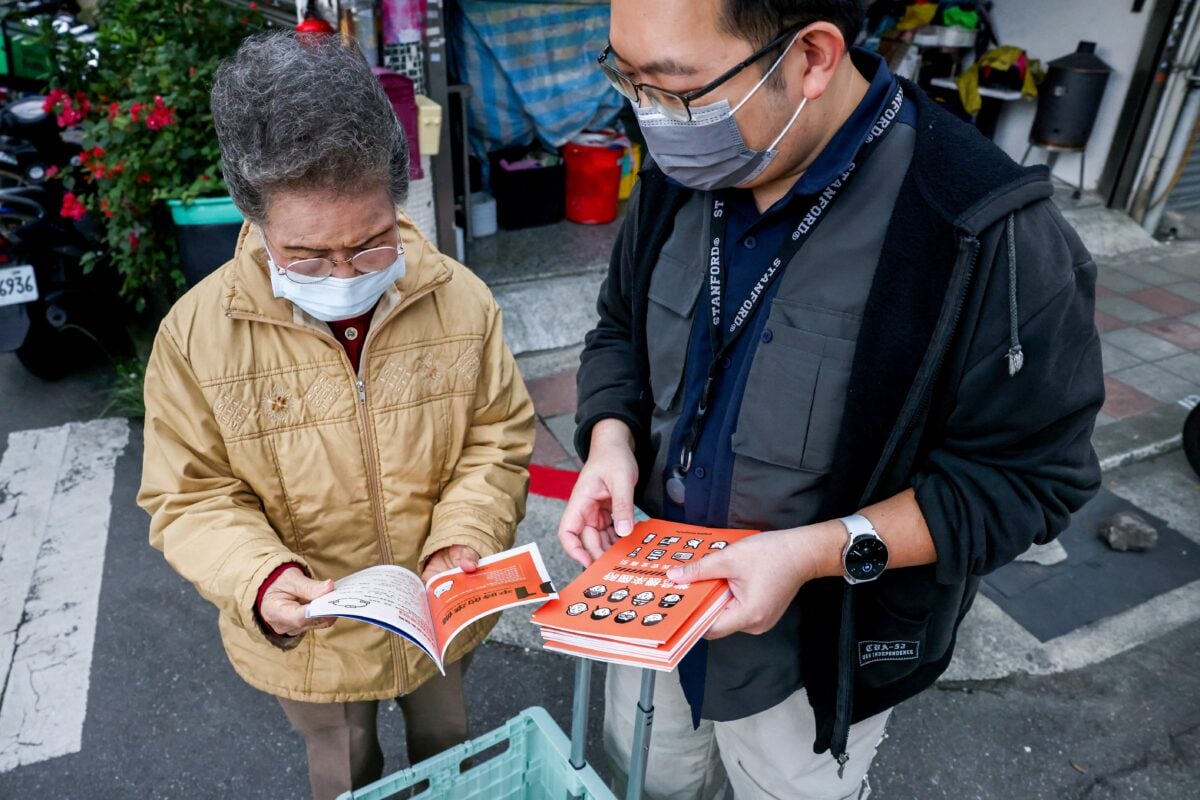Taipei resident Jay Tsai reflects on the new crisis guide being distributed to households across Taiwan, designed to prepare citizens for potential natural disasters and the looming threat of a Chinese invasion. The initiative, which began this week, aims to raise awareness of possible dangers, but it has garnered criticism for being a misuse of taxpayer money.
“I hope we’ll never need it but it feels reassuring to have,” Tsai, a 31-year-old 3D animation specialist, expressed. He plans to store the 32-page guide alongside his emergency supplies. The guide includes practical information on preparing a “go bag,” responding to air-raid sirens, and administering first aid. Additionally, it cautions against disinformation campaigns that could attempt to undermine the island’s resolve in the event of an attack.
The booklet declares, “In the event of a military invasion of Taiwan, any claim that the government has surrendered or that the nation has been defeated is false,” highlighting the government’s stance on national resilience.
This printed edition marks a shift from the previously online-only emergency guidelines to a physical format, aiming to reach a broader audience, particularly the elderly and those in rural regions. Defense Minister Wellington Koo emphasized this accessibility during a parliamentary meeting, stating that a printed version is crucial for those without digital access.
The guide, titled “In Case of Crisis,” falls under President Lai Ching-te’s broader strategy to prepare Taiwan’s 23 million residents for emergencies, whether they arise from natural disasters or conflict. Community leader Chi Chien-han expressed optimism about the guide’s practical use, suggesting it encourages vigilance among residents.
Conversely, IT worker Yang Chen-che questioned the necessity of the guide, perceiving it as more of a political statement rather than a practical tool. “You can look up all of this online,” he stated, indicating he had little interest in a paper version.
Critique of the initiative also came from Chiang Chu-hsuan, another community leader, who labeled the guide a “waste of money” and urged the government to focus on diplomatic efforts to prevent conflict. In response to budgetary concerns, legislator Yeh Yuan-chih from the opposition Kuomintang party raised inquiries about the cost of producing and distributing the guides, which amounts to over NT$60 million ($1.9 million).
The Ministry of National Defense noted that they drew inspiration from similar publications recently issued by other nations, such as Sweden and France, when creating their version. Lin Fei-fan, deputy secretary-general of the National Security Council, asserted that the booklet symbolizes Taiwan’s commitment to self-defense.
As distribution continues, the government anticipates that nearly 10 million households will receive the guide by early January. For many residents, the current geopolitical climate has shifted perceptions of safety. Ruru Liu, a 32-year-old local, commented, “In the past, war didn’t feel that close to us. But after what happened in Ukraine, I think this might help people to some extent.”

















